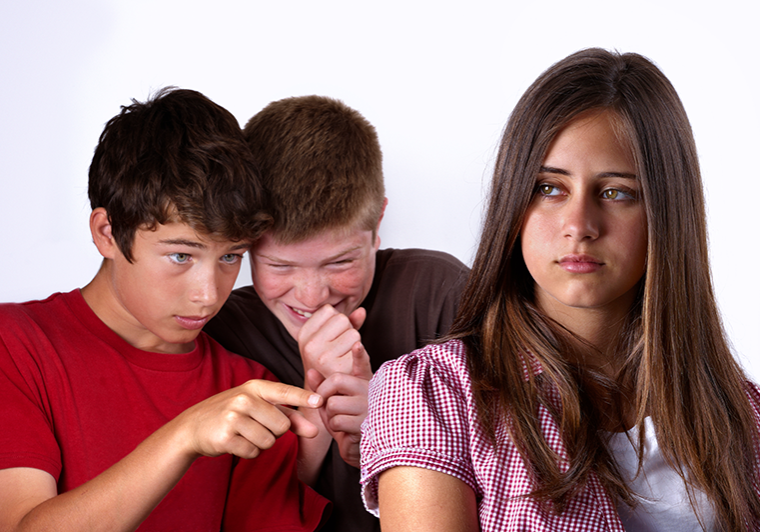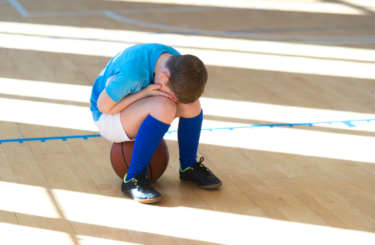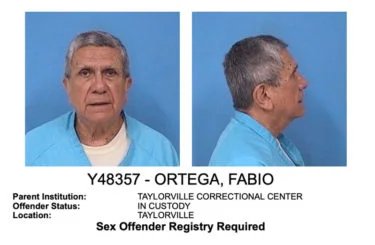
Michigan Schools Could Be Liable for Student-on-Student Sexual Harassment
Student-on-student sexual harassment and sexual abuse can take many forms—unwelcome verbal or physical conduct, such as offensive jokes, comments, or gestures of a sexual nature, or physical advances, such as unwelcome touching and requests for sexual favors. But can the school be held accountable when one student harasses another?
According to a recent decision, the answer seems to be yes.
The Facts
In a first-of-its-kind case, the Michigan Court of Appeals found that the state’s Elliott-Larsen Civil Rights Act applies to student-on-student sexual harassment. The decision provides students subjected to a hostile educational environment a way to seek compensation when schools fail to respond to the misconduct.
In Doe v. Alpena Public School District, two fourth-graders – referred to as Jane and John to protect their identities – were assigned to the same classroom at Besser Elementary School. Because of a speech and language disorder that impacted John’s ability to communicate with others, the school placed John on an individualized education plan and offered special education services. He also had a full-time instructional aide tasked with communication assistance and “behavioral redirection.”
One day, Jane told school officials that John gave her an unwanted hug, “humped” her three times, and called her a derogatory term. School administrators suspended John for three days, and though the police investigated the incident, the prosecutor opted not to file a delinquency petition.
Three months later, John approached Jane in class and, according to the girl, “tickled her up around her chest near her breast area and scratched her” and “reached down to her private (vaginal) area and began tickling it over her clothes.” School officials imposed an eight-day suspension on John and assigned him to a different classroom and separate lunch period when he returned. Administrators also sent John’s parents a letter advising them that he would have “no contact” with Jane. Nevertheless, Jane transferred to another elementary school for fourth and fifth grades.
When the two children both entered sixth grade at Thunder Bay Junior High School, the attorney representing Jane sent school administrators a letter indicating she was to have no contact with John. Despite assurances that the two students would not interact, they rode the same bus the first day of school, and Jane reported that John was “doing this weird dance in front of the aisle, and he kept . . . doing it to me.”
Jane then reported seeing John in the hallways as they passed between classes.
The Lawsuit
Jane eventually left Thunder Bay and transferred to a private school. The plaintiff filed a lawsuit on her behalf, alleging the school district’s failures allowed Jane to be subjected to a hostile environment and was vicariously liable for John’s actions.
The trial court dismissed the case. While the Court of Appeals disagreed with the lower court’s basis for dismissal, it found the plaintiff “failed to show a genuine dispute of fact that defendants did not take prompt and appropriate remedial action.” Had there been evidence showing school officials failed to respond to Jane’s complaints, the district and school board could have been held accountable.
What Constitutes Student-on-Student Sexual Harassment in Schools?
Student-on-student sexual harassment is a form of discrimination and can occur in any educational setting and involve any student regardless of age, gender, race, or sexual orientation. The misconduct may be verbal, visual, or physical conduct; that it is unwelcome, offensive, or creates a hostile environment for another student is the determining factor.
Verbal forms of sexual harassment between students may include sexually suggestive comments, requests for sexual favors, jokes with sexual implications, or demeaning language targeted at an individual based on their gender or sexual orientation. Visual forms of harassment can include displaying sexually implicit pictures or videos to others without their consent. Physical forms of harassment include unwanted physical contact, such as touching, patting, or brushing another student’s body in an unwelcome manner.
Sommers Schwartz Helps Keep Students Safe
If your child has been exposed to sexual harassment at school, take action to prevent further misconduct or wrongdoing. Speak with a Sommers Schwartz lawyer today to confidentially discuss your case and learn how we can help.
Lisa Esser-Weidenfeller
Lisa Esser-Weidenfeller represents injury victims in personal injury and medical malpractice claims. She also represents individuals in cases against those who have committed horrific acts of sexual assault.





